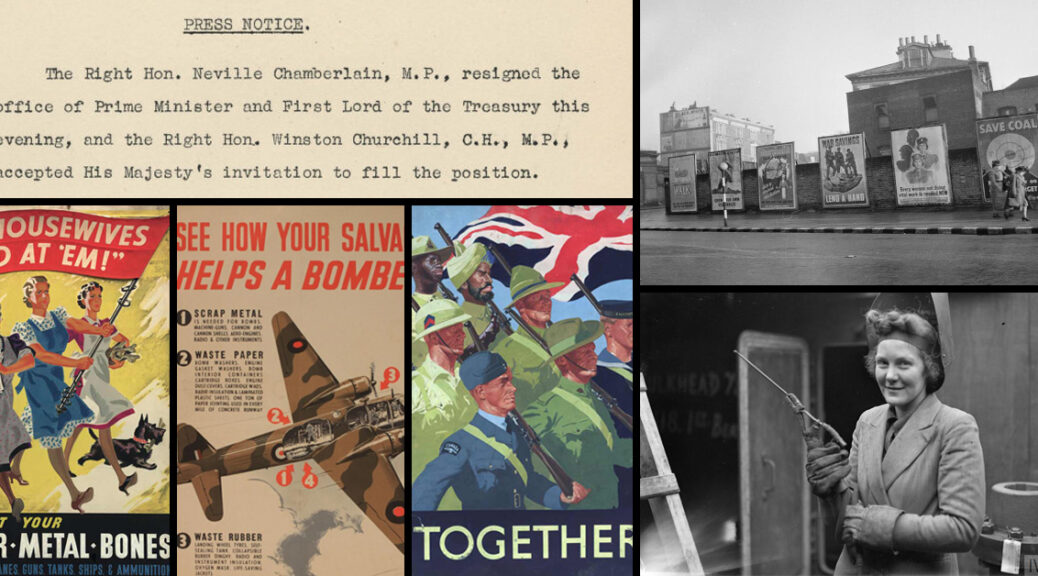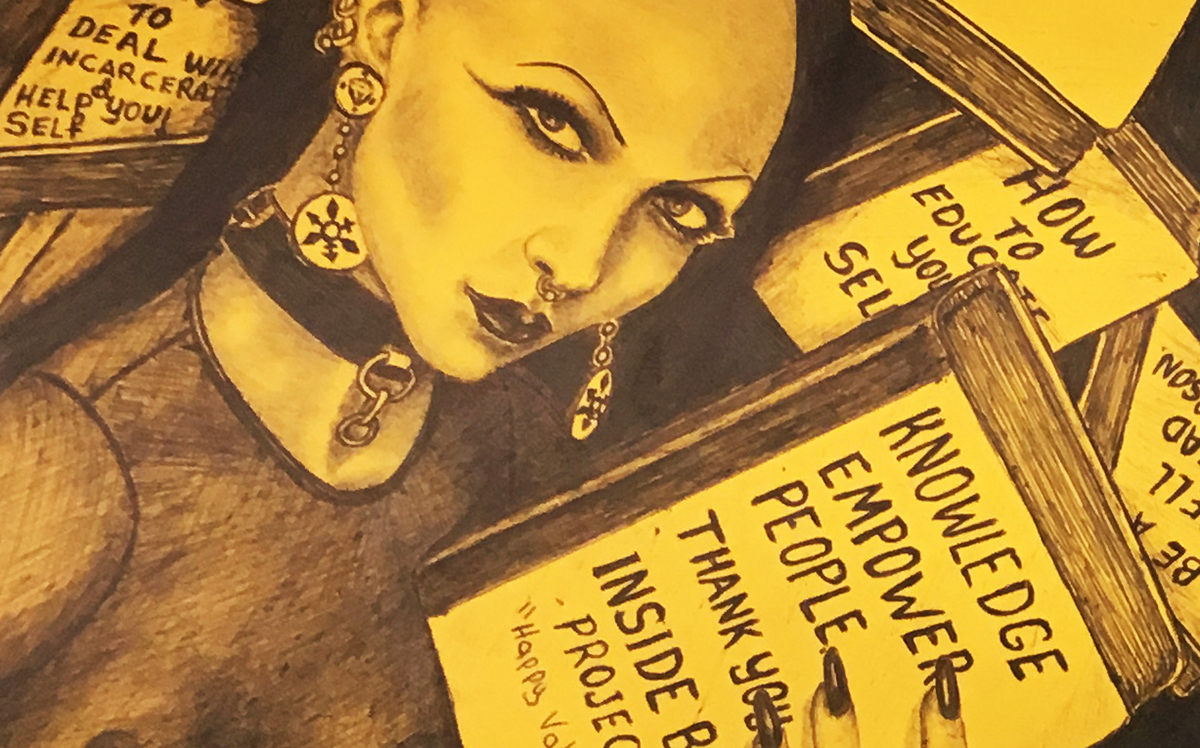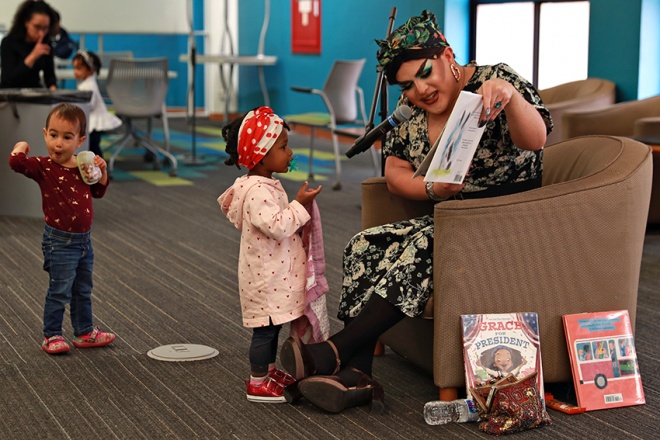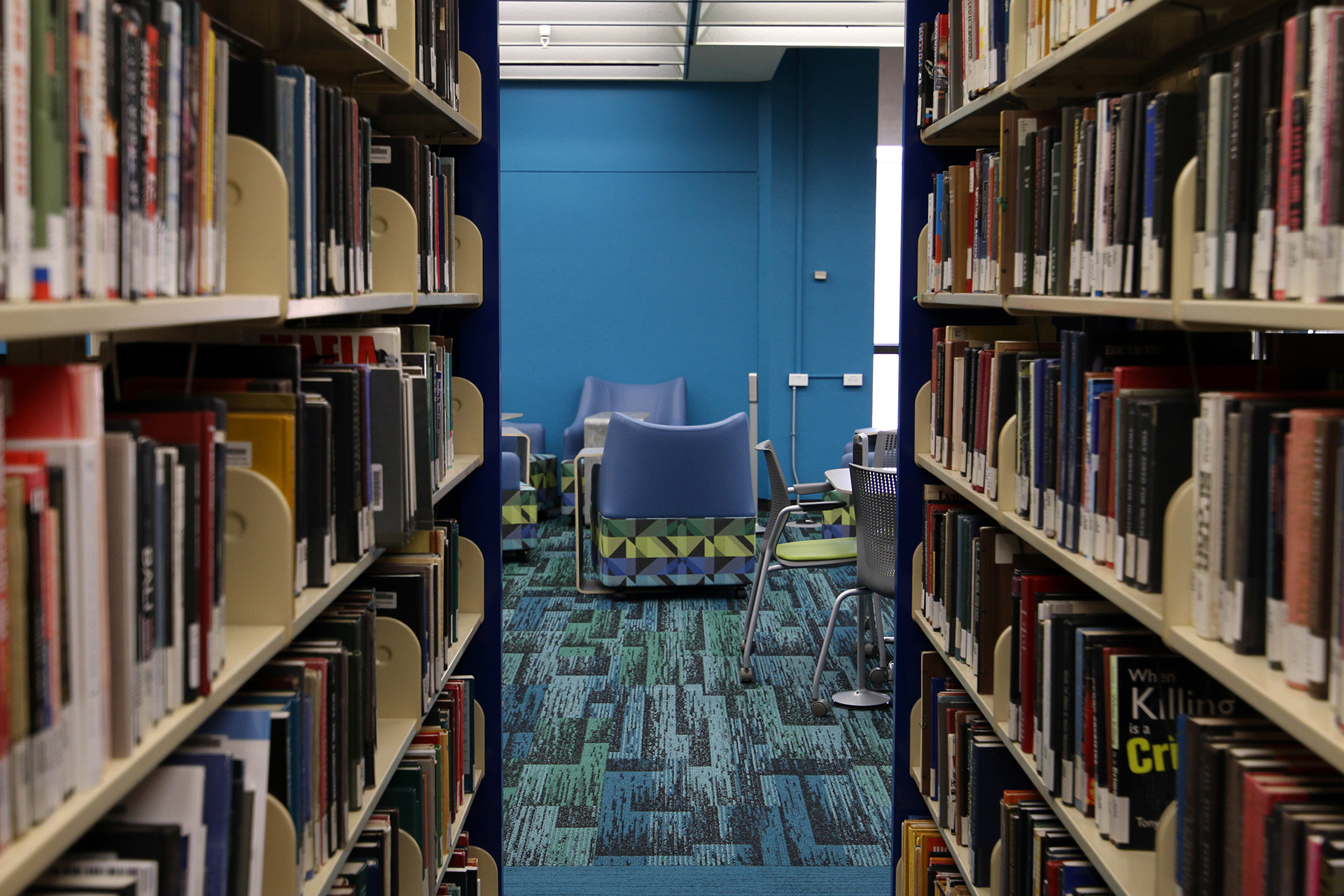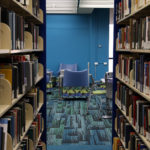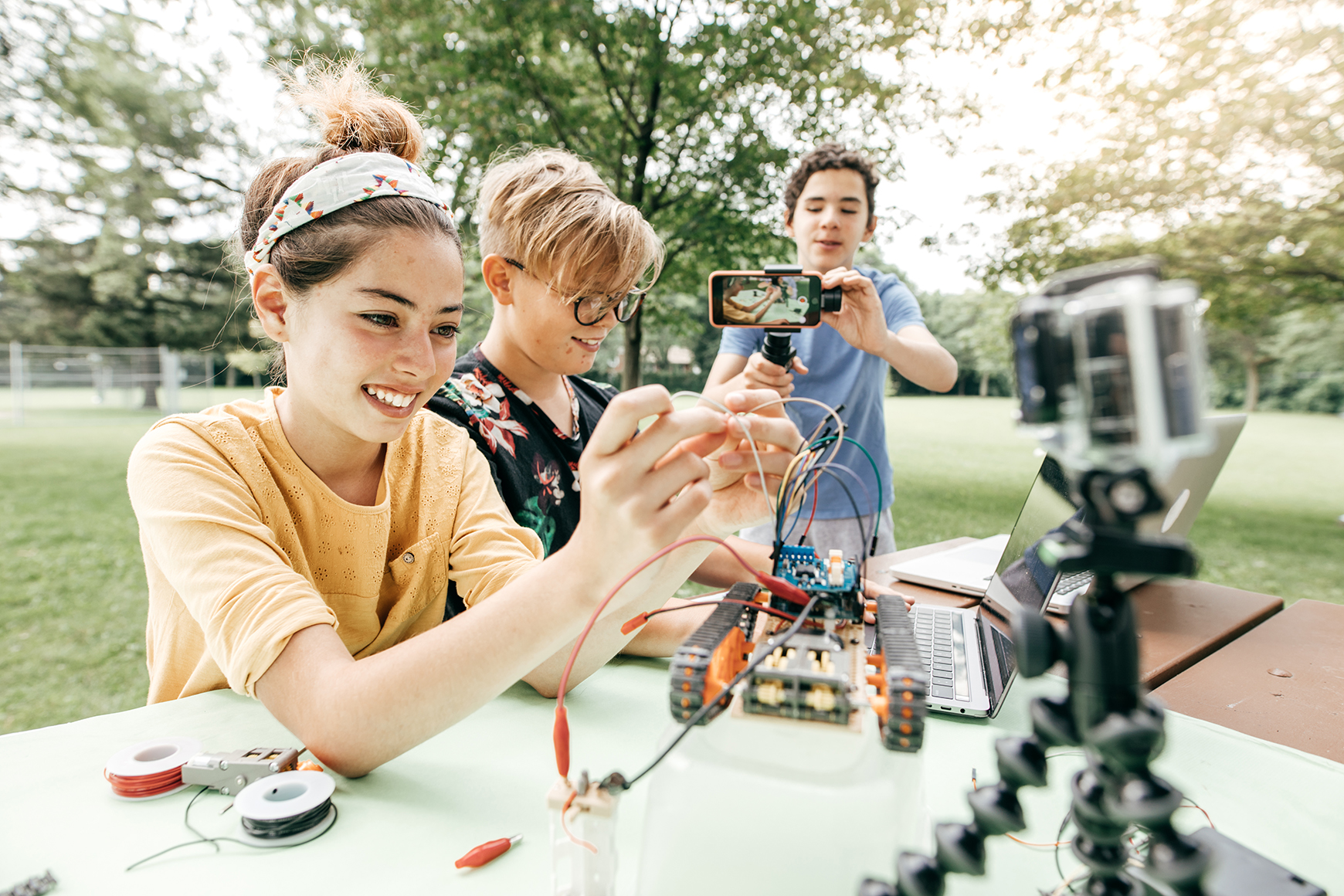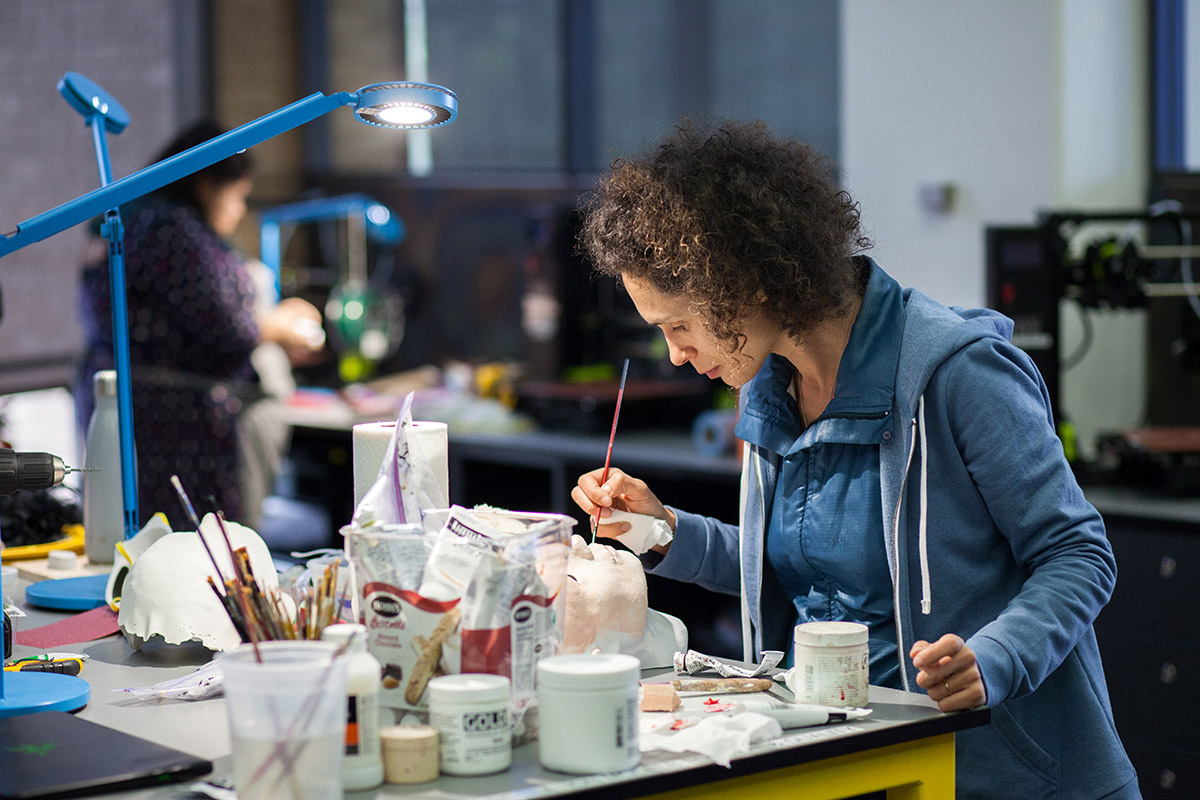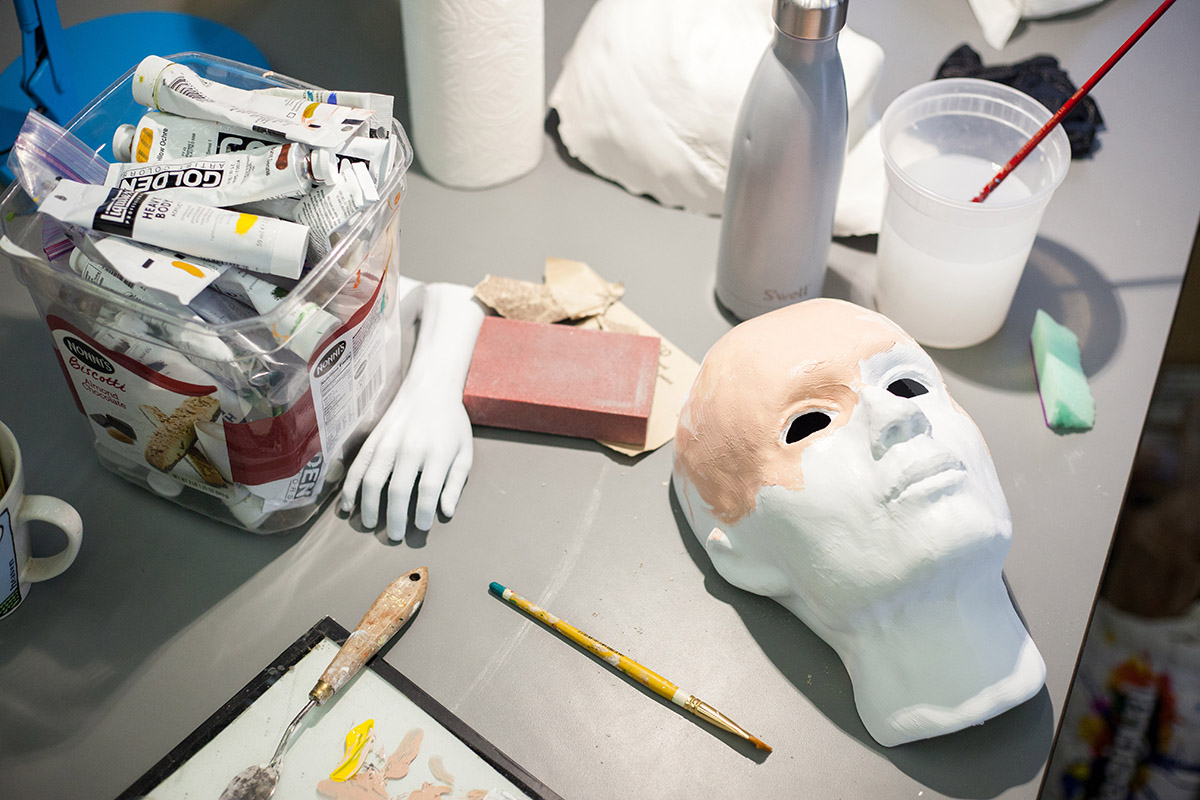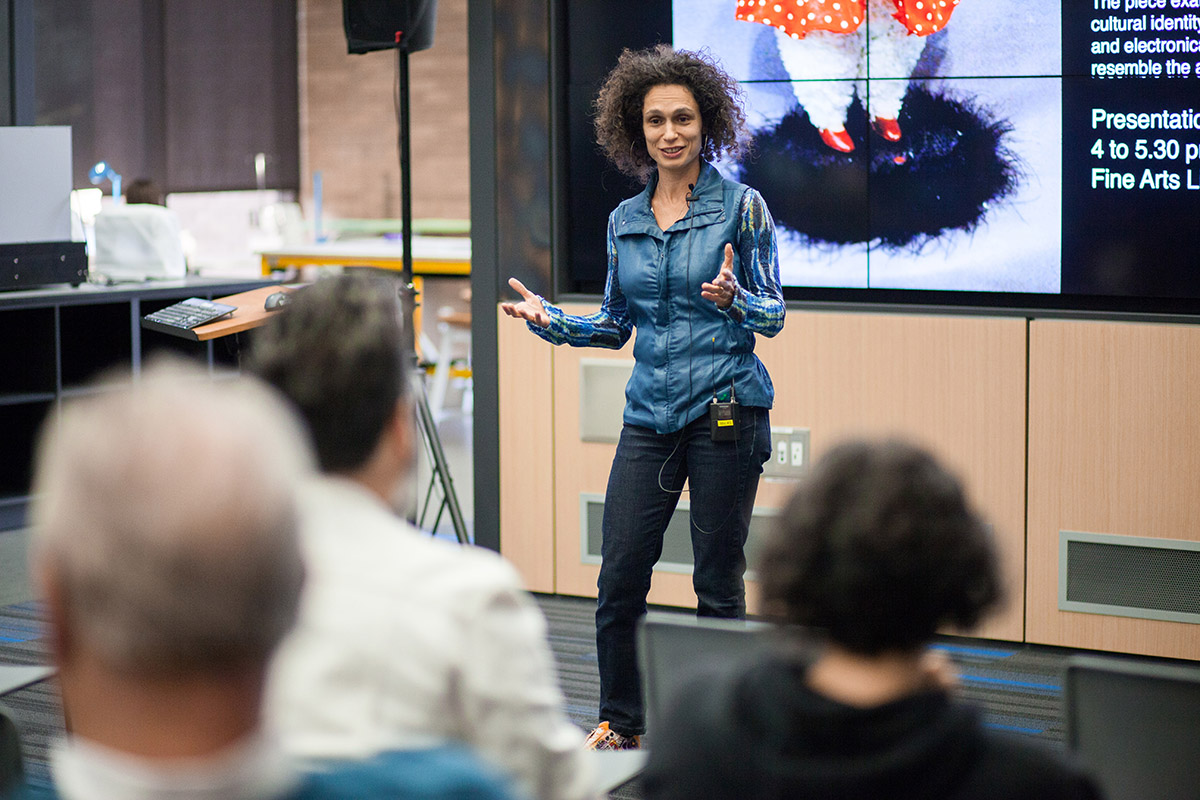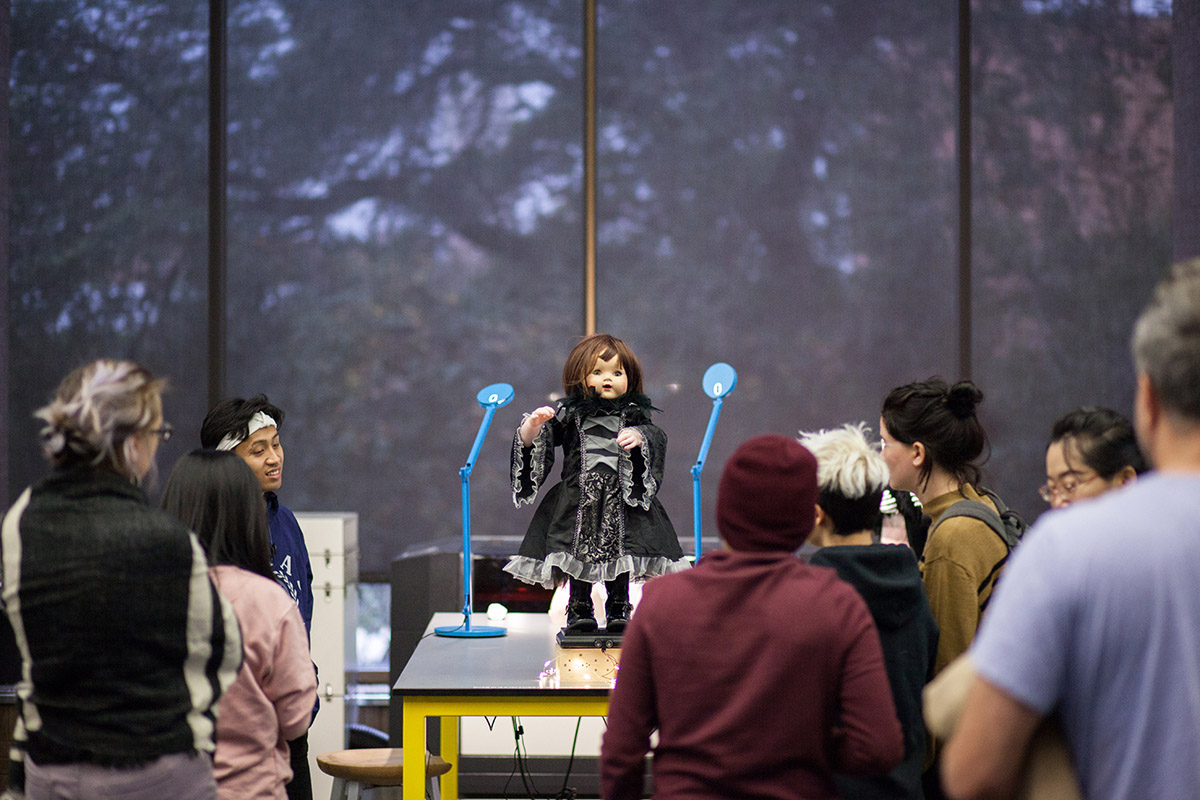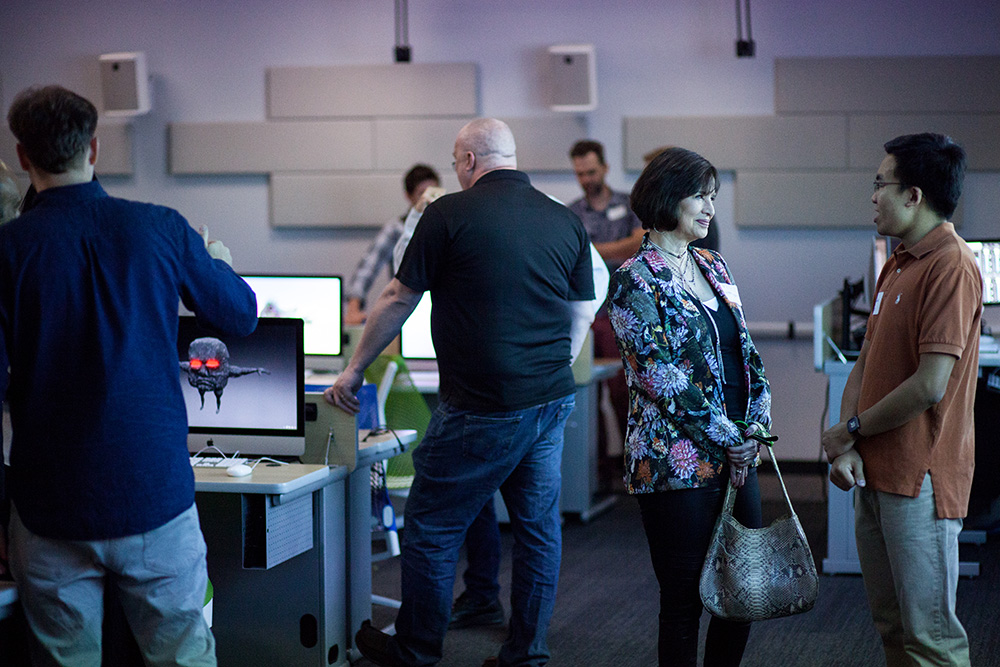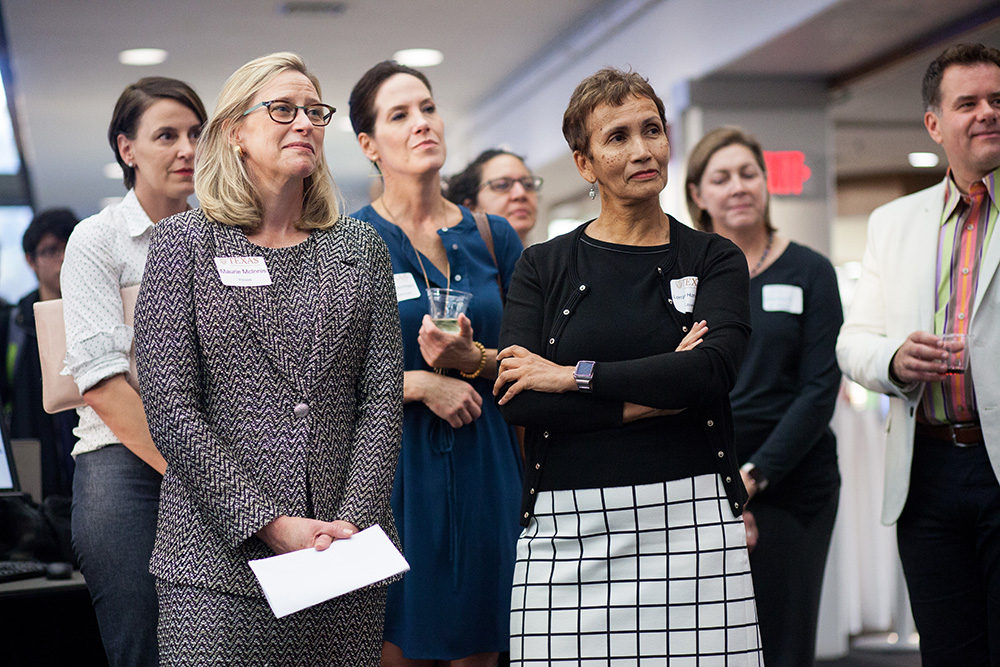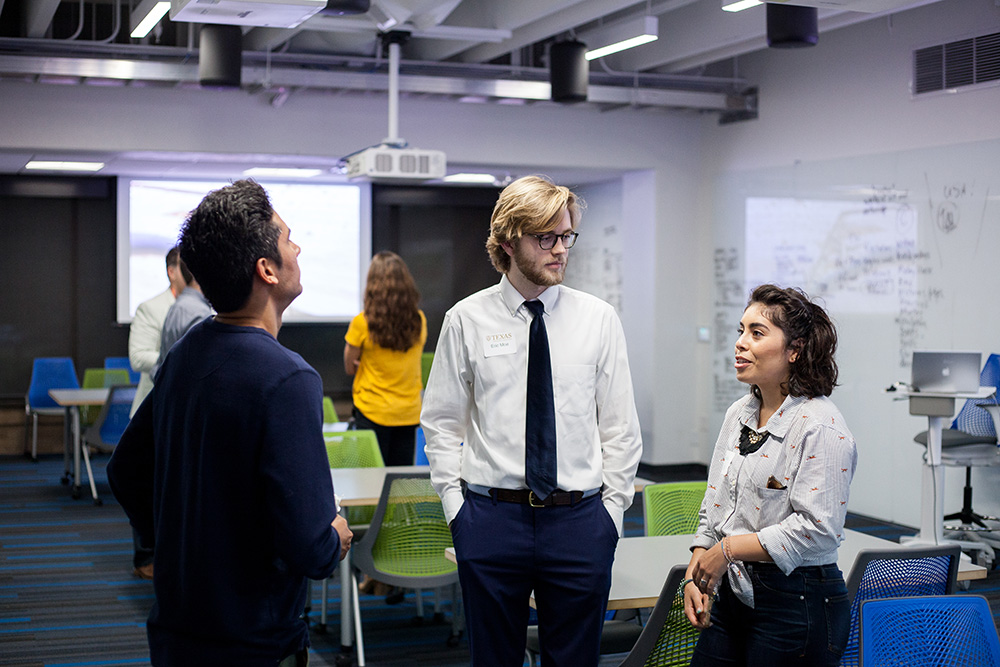Now on view in the Scholars Commons at the Perry-Castañeda Library, a new display examines World War II-era indoctrination materials.
The exhibit, “Publicity and Propaganda: The Great Britain Ministry of Information – Daily Press Notices and Bulletins from World War II,” was curated by Gilbert Borrego, Digital Repository Specialist, and features items available in Texas ScholarWorks, including the Press Notices and Bulletins published by the MOI between 1939-1946. The Press Notices and Bulletins are among many publications and films issued by the agency during the war but UT Libraries is the only library in the world that owns this complete series.
By 1935, it was becoming apparent to the British government that war with Germany would be inevitable. To avoid public panic, the government secretly planned a new department that would control propaganda and publicity surrounding the coming war. From this work, the Ministry of Information (MOI) was born on September 4, 1939, the day after Britain’s declaration of war. The MOI was tasked with the handling of news censorship, national publicity, and international publicity in the Allied and neutral countries. Not only did the Ministry produce these daily bulletins, but they were also responsible for posters, films, radio broadcasts, pamphlets, newspaper articles, and advertisements. In March 1946, the MOI was dissolved as its mission to fight “a war of ideas,” had been completed with the end of World War II.
The Daily Press Notices and Bulletins were the main form of communication from the British Government to the public and press during World War II. These publications provided the information that the domestic and international press used to report on the war, from the British government’s point of view. Documents range from descriptions of rationing on the home front to the accounts of battles, to casualty counts and the names of those casualties amongst other information.
The exhibit is also available digitally on the Libraries’ website.
Also check out Ian Goodale’s digital scholarship exhibit, “Socialist Pamphlets: Pamphlets from the USSR, France, and the U.K.,” for another perspective on historical agitprop.

